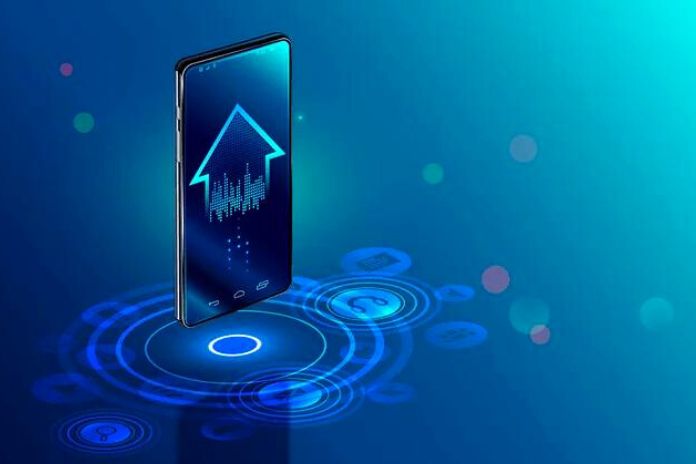The world of Mobile is constantly evolving, and several technological trends could further change the way we interface with smartphones. Aware of the opportunities this medium offers, more and more companies are developing strategies for mobile marketing and multi-channel mobile advertising or even mobile-only, to make the most of this critical point of contact between businesses and consumers. In this context, the role that Mobile played within the new major technological trends, such as Artificial Intelligence and augmented reality, which already arouses the interest of companies and consumers, also deserves particular attention.
Artificial Intelligence On Smartphones: Voice Assistants And Chatbots
The mobile trend of the moment is undoubtedly that of Artificial Intelligence. In the face of the current interest in Artificial Intelligence internationally, several companies are eager to exploit this technology in smartphones. For example, some integrate a voice assistant into their apps to place orders or purchases through voice commands. Others use chatbots, software agents that interact with the human interlocutor through natural language (written or spoken).
At the same time, smartphone manufacturers are increasingly enhancing the Artificial Intelligence and Machine Learning mechanisms within their devices to implement the voice assistance service. In the context, 34% of mobile surfers are interested in using automated chats to interact with the brand in real-time, at any time of the day. In this regard, chatbots can offer various opportunities for companies :
- Automation of the sale of products and services;
- Sending promotions and coupons;
- Sharing relevant and engaging content for the user;
- Answer frequently asked questions;
- Customer support and assistance.
However, in many cases, users find chatbots are too impersonal and too little involved in interacting with the user. Moreover, although the experimentations by the Italian realities are already numerous, the level of adoption of chatbots is still modest: the main barrier is the poor ability to overcome the obstacles of natural languages, such as the different words and regional idioms.
Augmented Reality: A Bridge Between Online And Offline
An established mobile trend, augmented reality is used to establish a link between online and offline via the brand’s app. There is no shortage of cases at the international level. For example, in the Retail sector, on the Smartphone, it is possible to view the products in specific contexts or customize them in real-time, while in the Tourism sector, users can be allowed to take virtual tours. But the use of this technology is not limited to Apps: it also experiments with advertising formats that will enable users to have an immersive experience with the brand. However, according to the testimonies of mobile surfers, this technology is still not widespread, given that 41% of them say they have never used it and 23% do not know what it is.
Biometrics To Make Smartphones Safer
Another emerging trend in the Mobile field is biometrics which, in the face of numerous breaches of sensitive personal data, overcomes the inadequacy of traditional passwords – often vulnerable – and offers the possibility to improve one’s own IT security. Indeed, this new method, based on the recognition of physiological or behavioral characteristics, not only provides greater comfort and speed in actions but also more excellent safety than traditional methods and, in some cases, can integrate or replace them. Regarding diffusion, 42% of mobile surfers use biometrics systems to access enabled Apps, which mainly belong to the Finance, Wallet, and eCommerce areas.
What To Expect From 5G
Among the mobile trends that arouse greater interest for the future, there is undoubtedly the new 5G network infrastructure, the fifth generation of mobile telephony. In the auction for the allocation of frequencies related to 5G, the leading mobile operators have spent more than 6.5 billion euros to grab them. 5G is not a simple evolution of current broadband networks; on the contrary, it has great potential in the web and services. It is faster, the latency time (transmission time from transmitter to receiver) is lower, the data transmission capacity is greater, and it allows for a higher density of connected objects. However, we must keep our feet firmly on the ground: this technology is still young.
It must make its way between smartphones that have yet to adapt and outdated infrastructures, even if during 2019, the first commercial offers for consumers were launched in 6 Indian cities. Plus, the ability of 5G is high for applications in the endeavor climate(where the challenge is to identify sustainable business models). However, there are still several doubts regarding the diffusion and monetization among final consumers. As for the application areas, in 2018, the first pre-commercial trials of this technology were launched for various purposes: support for the digitalization of the production chain for Industry 4.0, design of new communication services in the healthcare sector, development of solutions involving augmented reality for the enhancement of the natural, artistic and cultural heritage.
Also Read: Make Money With TikTok: 6 Approaches To Start Today

